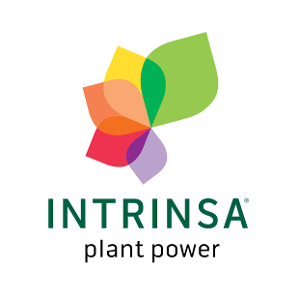
Imagine a future where Chrysanthemum White Rust is a worry of the past.
Intrinsa breeding with Chrysanthemums – Your best defense against White Rust comes from the plant power within.
The Pain

Chrysanthemum White Rust (CWR) is caused by the plant fungus Puccinia horiana, which is a quarantine pathogen in the United States that can infect more than ten species of chrysanthemum.
Multiple isolates of white rust, from different geographical origins, can differ in their impact on various varieties: varieties can be susceptible to one isolate but resistant to another. First symptoms on susceptible varieties may be observed 7 to 10 days after infection. Symptoms are white-yellow pustules at the bottom side of the leaf. Once the plant is heavily infested with the fungus, it dies due to wilting of their leaves. The fungus requires high humidity and its host to survive. Heavy infection can cause severe crop losses.
The Gain
 Preventive fungicide applications are still available, but there is no fungicide available which gives protection against all different CWR isolates, therefore natural resistance is required. Intrinsa® from Dümmen Orange brings varieties to the market using the science of advanced breeding where the desired approach for developing improved performance on high disease resistance is identified. As a result of this breeding approach, the Intrinsa® collection of chrysanthemum now offers you a natural defense against CWR infections from the plant power within. Resistant varieties do not show any symptoms and do not cause spread of the fungus*.
Preventive fungicide applications are still available, but there is no fungicide available which gives protection against all different CWR isolates, therefore natural resistance is required. Intrinsa® from Dümmen Orange brings varieties to the market using the science of advanced breeding where the desired approach for developing improved performance on high disease resistance is identified. As a result of this breeding approach, the Intrinsa® collection of chrysanthemum now offers you a natural defense against CWR infections from the plant power within. Resistant varieties do not show any symptoms and do not cause spread of the fungus*.
Resistance to White Rust is the first chrysanthemum Intrinsa® trait, and the first step towards more sustainable chrysanthemum production.
Look for the Intrinsa® icon to identify chrysanthemum varieties which have high resistance to CWR for a more sustainable and economically protected future.